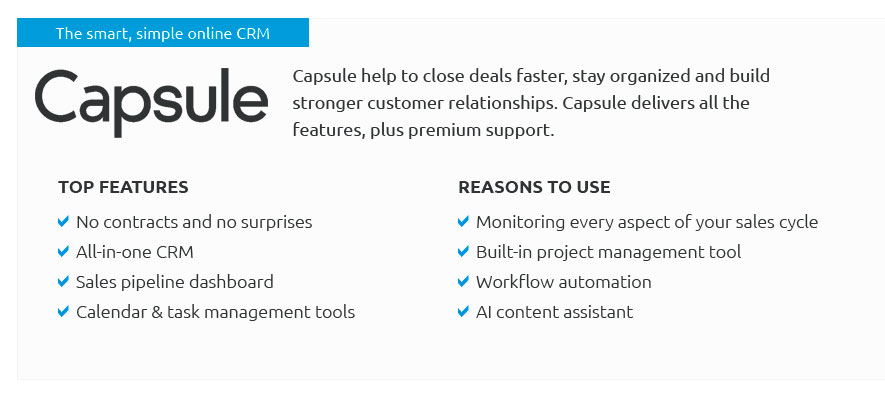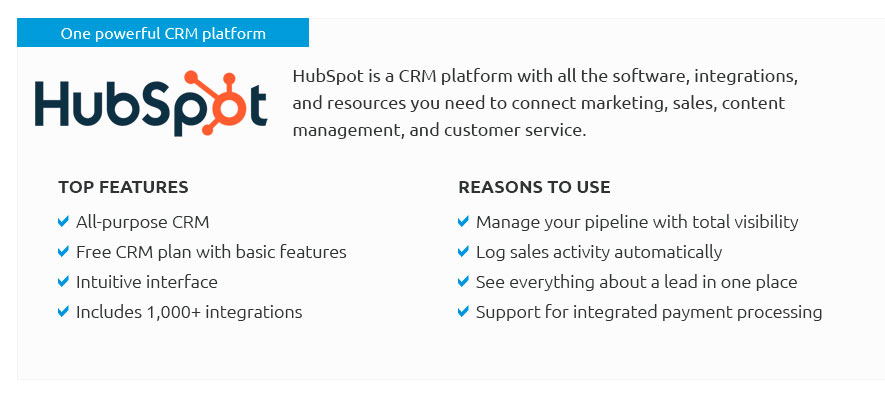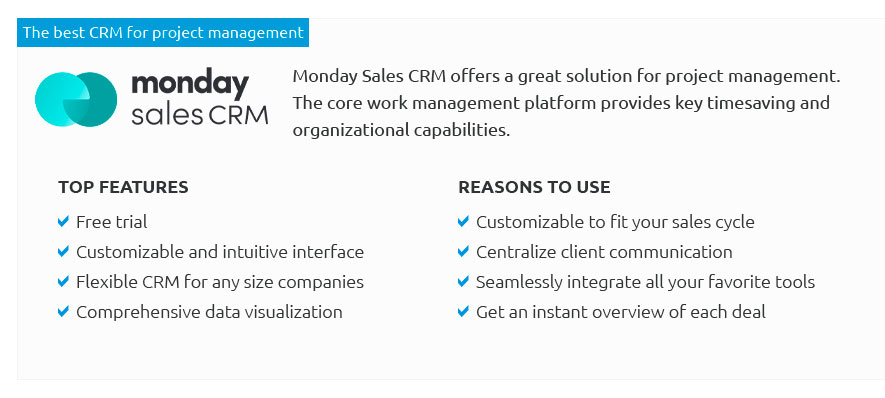 |
 |
 |
 |
 |
 |
|
 |
|
 |
|
 |
|
 |
|
 |
|
 |
 |
Mastering the Art of Work in Progress Schedules: Best Practices and InsightsIn today's dynamic and fast-paced work environment, the concept of a 'work in progress schedule' has become a pivotal aspect of successful project management. The very term work in progress denotes an ongoing journey towards completion, and managing this journey efficiently is crucial for any team striving for excellence. The primary goal of a work in progress schedule is to maintain an optimal balance between productivity and quality. This scheduling tool is not merely a timeline; it's a strategic approach to ensure that every task, big or small, is aligned with the overarching project goals. The key to mastering this art lies in understanding its core principles and implementing best practices that can adapt to the unique needs of your project. Understanding the Basics At its core, a work in progress schedule is designed to track the progress of tasks within a project. It helps managers identify bottlenecks, allocate resources effectively, and adjust timelines as needed. A well-structured schedule serves as a roadmap, guiding the team towards milestones and deadlines. Clarity and flexibility are the two pillars that support an effective work in progress schedule. Best Practices for Creating a Work in Progress Schedule
The Human Element While technical prowess is important, the human element cannot be overlooked. Communication and collaboration are key components that breathe life into any work in progress schedule. Engaging team members in the scheduling process fosters ownership and accountability, leading to a more committed and motivated team. After all, a schedule is only as effective as the people who execute it. Additionally, embracing a culture of transparency and open communication can significantly enhance the effectiveness of a work in progress schedule. When team members feel comfortable sharing updates and challenges, it leads to a more accurate reflection of the project's status and facilitates proactive problem-solving. Conclusion The art of crafting a work in progress schedule lies in balancing structure with adaptability. By understanding its foundational principles and adopting best practices, project managers can create schedules that not only guide their teams towards successful project completion but also enhance overall team cohesion and morale. As we navigate the complexities of modern work environments, mastering this art becomes not just a necessity but a strategic advantage. https://www.jmco.com/articles/construction/maintaining-wip-schedule/
The work in progress schedule, or WIP schedule, is an essential financial document that tracks the progression of each of your company's current ... https://www.deltek.com/en/construction/accounting/work-in-progress
Work in Progress (WIP) is an essential part of construction accounting. It calculates the progress of all ongoing work, allowing you to see what's been done ... https://www.procore.com/library/work-in-progress-accounting
The WIP (work in progress) report often referred to as the WIP schedule serves as a fundamental financial document that offers an overview ...
|